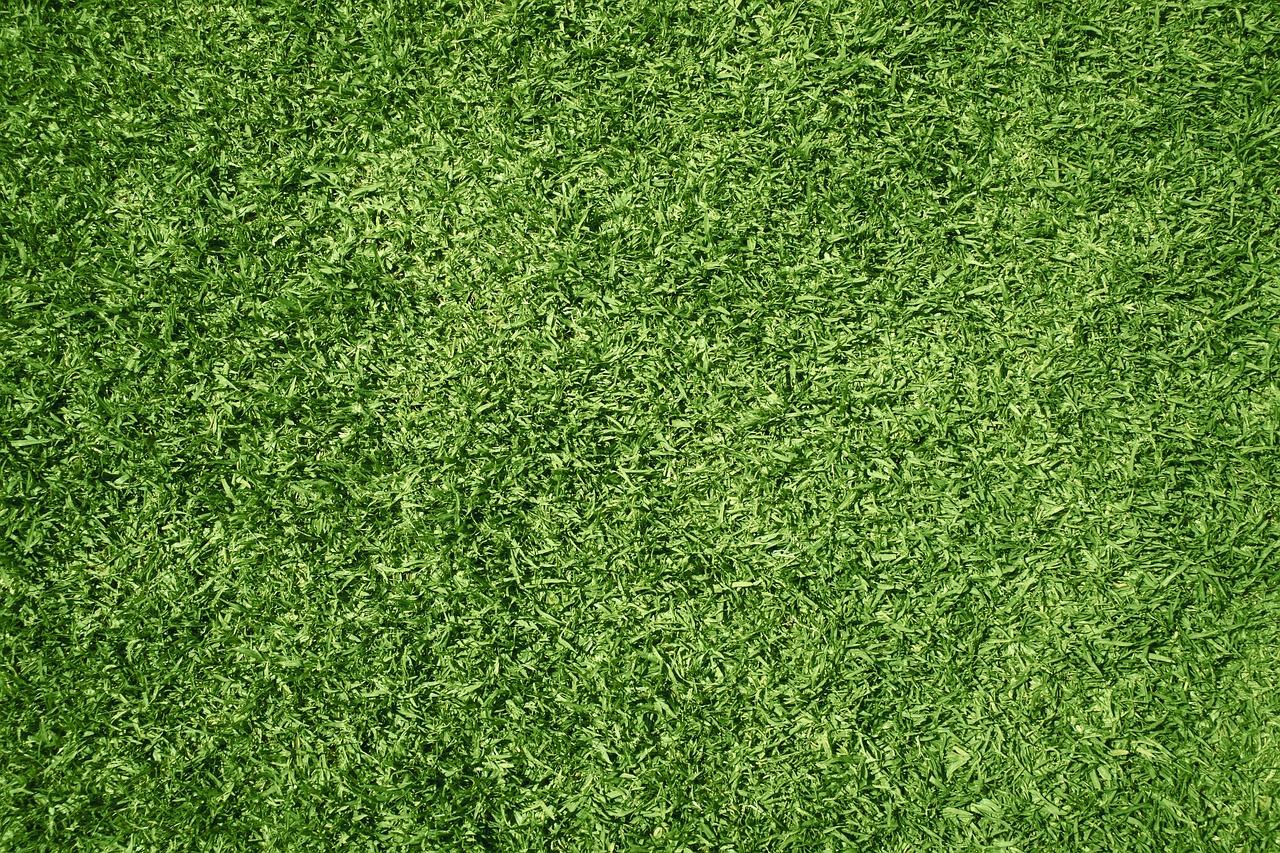Treating new sod after it’s installed in West Texas is essential to ensure it establishes a healthy, vibrant lawn. The hot and often dry climate in West Texas can be challenging for grass, so proper care is crucial. Here are step-by-step instructions:
- Watering
- Water the new sod immediately after installation. Apply enough water to thoroughly soak the soil underneath the sod, ensuring good contact between the roots and the soil.
- Water the sod daily for the first 1 to 2 weeks after installation. In the hot West Texas climate, early morning or late evening is the best time to water to minimize water loss due to evaporation.
- After the initial 1 to 2 weeks, gradually reduce the frequency of watering to 2-3 times a week. This allows the roots to establish and encourages deeper root growth.
- Mowing
- Wait until the sod has rooted firmly (usually after 2-3 weeks) before mowing. You can check by gently tugging on the grass; if it resists being lifted, it’s rooted.
- Set your lawn mower to a height of about 2.5 to 3 inches. Taller grass provides shade to the soil, reducing evaporation and promoting root health.
- Never remove more than one-third of the grass blade length in a single mowing.
- Fertilizing
- Apply a balanced, slow-release fertilizer about 6-8 weeks after installation. Use a fertilizer with a ratio like 3-1-2 or 4-1-2 (nitrogen-phosphorus-potassium).
- Follow the manufacturer’s recommendations for the application rate, and water the lawn after applying the fertilizer to help it penetrate the soil.
- Weed Control:
- Monitor the new sod for weeds. Hand-pull or spot-treat any weeds that appear.
- Avoid using pre-emergent herbicides immediately after sod installation, as they can hinder the establishment of your new grass.
- Irrigation:
- Consider installing an irrigation system if you don’t already have one. Proper and consistent watering is crucial in West Texas.
- Adjust your irrigation schedule based on weather conditions, taking into account rain and temperature fluctuations.
- Pest and Disease Management:
- Keep an eye out for signs of pests or diseases in your lawn. Contact a local gardening center or extension office for guidance on addressing specific issues.
- Aeration and Dethatching:
- Depending on the soil type, you may need to aerate the lawn every 1-2 years to improve water penetration and root growth.
- Dethatch the lawn as needed, typically every 2-3 years, to remove excess thatch that can impede water and nutrient uptake.
- Maintenance:
- Regularly maintain your lawn by mowing, watering, and fertilizing as needed.
- Be mindful of local watering restrictions, if any, and adhere to them.
Remember that West Texas can experience extreme heat and drought, so proper lawn care is vital to ensure the health and resilience of your new sod. Adapt your care routine based on the specific grass variety you have, as different types may have slightly different requirements. Consulting with a local nursery or horticultural expert for advice tailored to your specific location can be very helpful.

Be The First To Comment